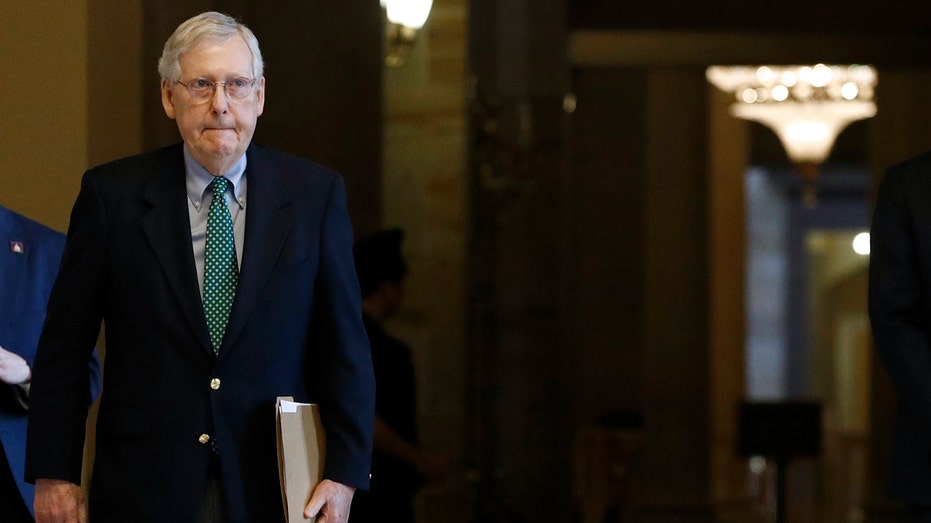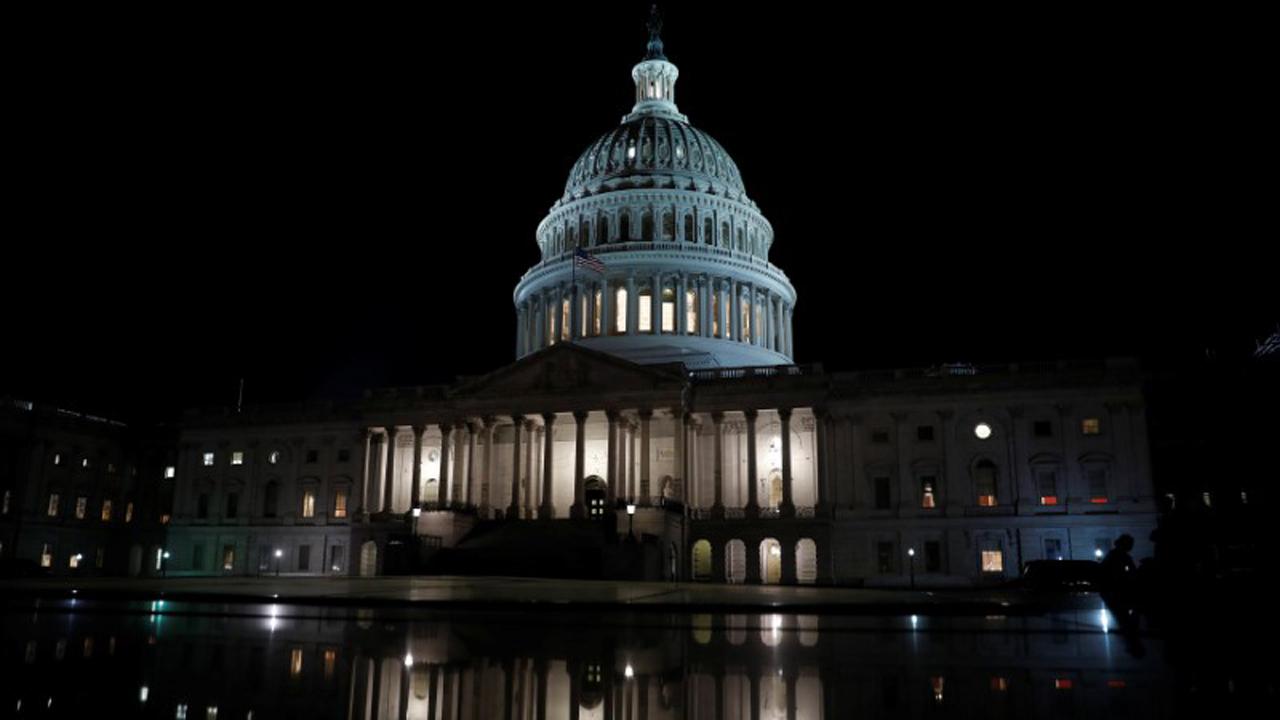Public pension-fund losses set record in first quarter
State and local pension funds just endured their worst quarter on record
Get all the latest news on coronavirus and more delivered daily to your inbox. Sign up here.
Public pension plans lost a median 13.2% in the three months ended March 31, according to Wilshire Trust Universe Comparison Service data released Tuesday, slightly more than in the fourth quarter of 2008. March’s stock market plummet led to the biggest one-quarter drop in the 40 years the firm has been tracking.
“It was a horrible quarter for all public funds,” said Chicago Teachers’ Pension Fund Investment Chief Angela Miller-May.
Stocks bounced back in April, making up a significant chunk of the losses. But absent a full and speedy recovery, pension losses are poised to drive up already-burdensome retirement costs for governments.
“There will be a lot of pressure to cut benefits,” said Don Boyd, co-director of the State and Local Government Finance Project at the University at Albany’s Rockefeller College.
US CONSUMERS' EXPECTATIONS DETERIORATE 'SHARPLY' IN APRIL, FED SAYS
State and local governments “are trying to figure out how to not cut school aid too deeply, not cut Medicaid too deeply, not raise taxes,” Mr. Boyd said. “Pension contributions are pretty far down the list of things they want to pay for.”
In one sign of how high the stakes are for public pensions, Jack Ehnes, chief executive of the California State Teachers’ Retirement System for the past 18 years, said in March he would postpone his planned September retirement until June 2021, in part to help navigate through the pandemic at the fund, which held $227 billion as of March 31.
As bad as the first quarter returns were, they likely don’t show the full extent of the pension losses because reports on the value of private equity, real estate, infrastructure and other private assets often arrive one quarter late.
GOVERNORS PUSHING FOR CORONAVIRUS FOOD STAMP FLEXIBILITY
“Most of the conversations that we’re having with our real-estate managers is what percent of rent were they able to collect? What does occupancy and leasing look like going forward?” said Ms. Miller-May of the Chicago Teachers’ Pension Fund.
Pension checks come from a combination of money set aside by government employers and investment returns earned on that money. When investment returns fall short, governments must allocate more of their revenues to make up the balance.
Executive director Sandy Matheson of the nearly $15 billion Maine Public Employees Retirement System projects that the state’s annual pension contribution will rise to $927 million from $808 million if stocks fall back to March 31 levels by the time the pension ends its fiscal year on June 30.

Senate Majority Leader Mitch McConnell of Ky. walks to the Senate Chamber on Capitol Hill in Washington, Monday, March 16, 2020. (AP Photo/Patrick Semansky) (Associated Press)
In Kentucky, home to some of the nation’s worst-funded state pension plans, state senators in mid-March approved a proposal to make $1 billion worth of teacher pension contributions contingent on an overhaul of the teacher pension plan, but the legislature ultimately rejected the idea. Two years ago, the previous governor’s push to cut teacher pensions sparked demonstrations by teachers at the state capitol.
In April Senate Majority Leader Mitch McConnell, who represents Kentucky, floated the idea of giving states the ability to declare bankruptcy, saying he doesn’t want to see funding from a coronavirus aid package that increases the national debt being used to bail out underfunded pensions.
MCCONNELL SAYS HE FAVORS STATE BANKRUPTCY OVER MORE FEDERAL AID
Another Kentucky pension fund for state workers in nonhazardous jobs pays out in benefits almost all of the $1 billion it gets from the legislature every year.
Retirees in the plan, which has been changed for new workers, earn 80% of their pay after 40 years of service and also receive health insurance. The average pay is about $41,000. After the past quarter, David Eager, the executive director, said he is a little less hopeful that investment returns will help build the fund back up.
Even before the record first-quarter losses, public pension plans were $4.1 trillion short of the $8.9 trillion they will need to cover promised future benefits, according to the Federal Reserve.
Decades of overoptimistic return assumptions, insufficient pension-fund contributions and lengthening lifespans created massive shortfalls in public pension funds that the 11-year bull market didn’t cure.
Over the past decade, public pensions had ramped up stockholdings and other risky investments in an effort to meet aggressive return targets that average around 7%, according to a survey by the National Association of State Retirement Administrators.
For the 20 years ended March 31, public pension-plan returns have fallen short of that target, however, returning a median 5.2% according to Wilshire TUCS.
GET FOX BUSINESS ON THE GO BY CLICKING HERE
Since the last recession 10 years ago, governments around the country have jacked up their yearly pension contributions and slashed benefits for new hires, sometimes shifting the employees to 401(k)-type plans that don’t promise more than investments can earn. Some pension benefits promised to workers, such as cost-of-living increases, also have been cut, but courts have generally blocked cuts for people who have already been hired.
In April, public pension funds recovered a significant chunk of their first-quarter losses as equities bounced back, resulting in median one-month returns of 5.76% for large pension plans, according to survey data expected to be released Wednesday by Milliman, a consulting and actuarial firm.
But record unemployment means that pension-fund holdings could continue to be eroded even in the event of a full market recovery.
Municipal governments could have difficulty making their annual pension contributions if they face significant drop-offs in revenue collections, said Tom Aaron, a senior analyst at Moody’s Investors Service. States get much of their revenue from taxes on sales and income, and both are falling sharply amid a deteriorating economy and record unemployment.
“At this point the revenue losses could actually be the more impactful element here,” Mr. Aaron said. “We have to wait and see.”
CLICK HERE TO READ MORE ON FOX BUSINESS
Write to Heather Gillers at heather.gillers@wsj.com




















